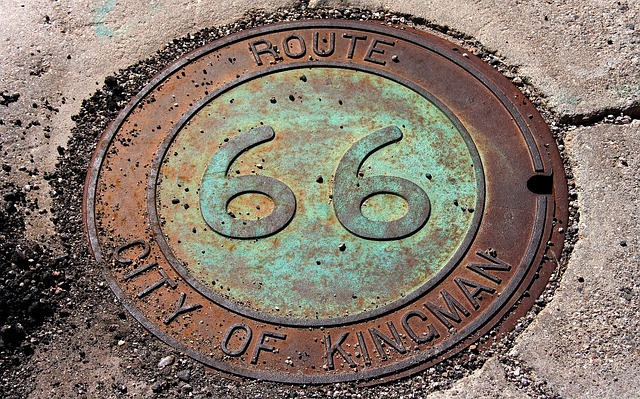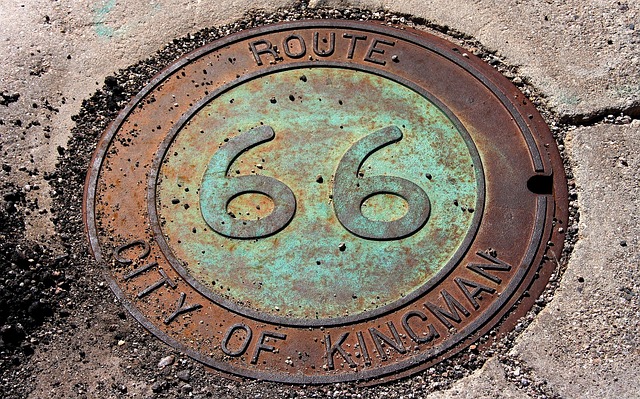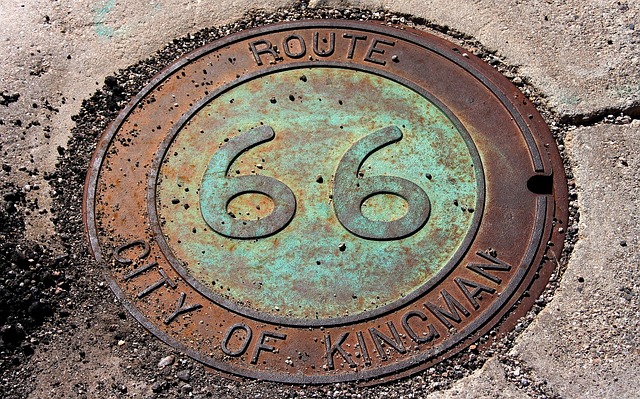Small towns can foster both economic growth and community charm through strategic real estate planning. By integrating new developments with historic areas and green spaces, mixed-use zones that combine residential, commercial, and recreational spaces are created. This approach—which involves collaboration between real estate professionals, town planners, business owners, and residents—balances commercial growth with the preservation of local character, resulting in vibrant communities where locals and visitors alike can enjoy a thriving commerce scene alongside a strong sense of community.
In an era of rapid urban expansion, small towns are increasingly facing a delicate balance between economic growth and preserving their unique character. As commerce flourishes, the role of real estate becomes pivotal in shaping not just landscapes, but also communities. This article explores how strategic development can enhance small-town friendliness, from preserving local aesthetics to creating vibrant spaces that foster connections. Uncovering the symbiotic relationship between thriving commerce and community-centric real estate practices is key to unlocking a sustainable future for these picturesque havens.
Small-Town Real Estate: Preserving Community in Growth
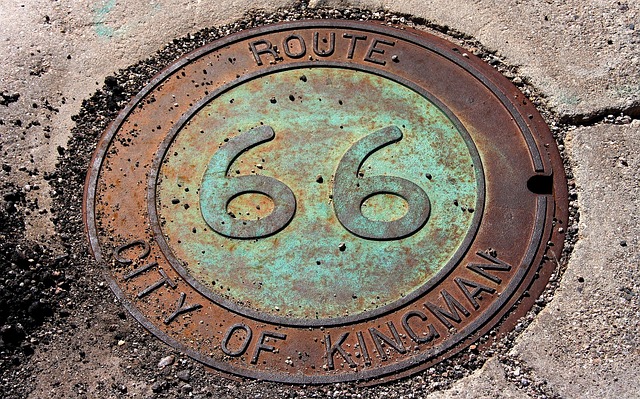
In small towns, where close-knit communities thrive, real estate plays a pivotal role in balancing commercial growth and preserving local charm. As businesses expand and new developments emerge, it’s crucial to maintain the unique character that makes these towns appealing. Smart growth strategies focus on integrating commercial spaces seamlessly into the existing fabric of the community, ensuring that new buildings complement historic architecture and green spaces.
Local real estate professionals and town planners collaborate to create mixed-use zones that accommodate both residential and commercial activities. This approach fosters a vibrant atmosphere where residents can easily access local shops, restaurants, and services, while also encouraging visitors to explore the town’s unique offerings. By prioritizing responsible development, small towns can attract new businesses without sacrificing their friendly, welcoming nature.
Commerce and Community: A Balancing Act for Small Towns
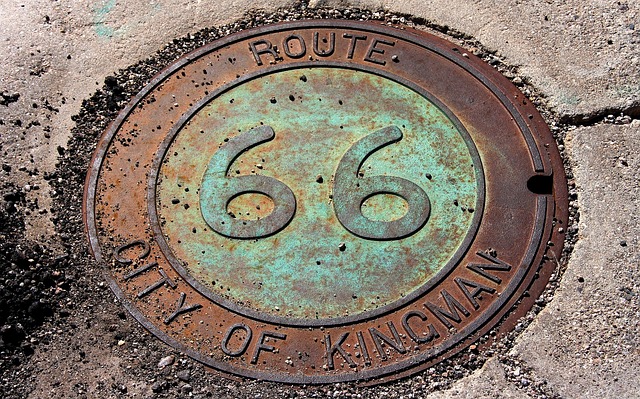
Small towns, known for their close-knit communities and charming ambiance, are increasingly navigating a delicate balancing act: embracing growing commerce while preserving their unique character. As local businesses expand to meet evolving demands, the integration of new commercial ventures can both enrich and challenge the fabric of these towns. Real estate plays a pivotal role in this dynamic, with strategic planning and thoughtful development being key to ensuring that progress enhances, rather than overpowers, the existing community.
The success lies in fostering collaboration between local governments, business owners, and residents. By prioritizing inclusive growth strategies, such as mixed-use developments that seamlessly blend retail, residential, and recreational spaces, small towns can attract new businesses while preserving their distinct character. This harmonious coexistence allows for a thriving commerce scene and a vibrant community, where both locals and visitors alike feel welcomed and engaged.
Fostering Friendly Spaces: The Role of Real Estate in Small-Town Growth

In small towns, real estate plays a pivotal role in fostering friendly spaces that drive commerce and community growth. The layout of residential areas, commercial hubs, and public spaces significantly influences social interactions and business vitality. Well-designed neighborhoods encourage foot traffic, creating opportunities for residents to connect and support local businesses. For instance, mixed-use developments that blend retail, dining, and housing promote a vibrant atmosphere where people can gather, socialize, and contribute to the town’s economic health.
Real estate developers and local governments can enhance small-town friendliness through strategic planning. This includes incorporating public parks, community centers, and pedestrian-friendly streets into urban design. Such amenities not only cater to residents’ recreational needs but also serve as gathering places for social events, markets, and cultural activities. By prioritizing friendly spaces, small towns can attract new businesses, retain existing ones, and foster a sense of belonging that is essential for sustainable growth and commerce.


